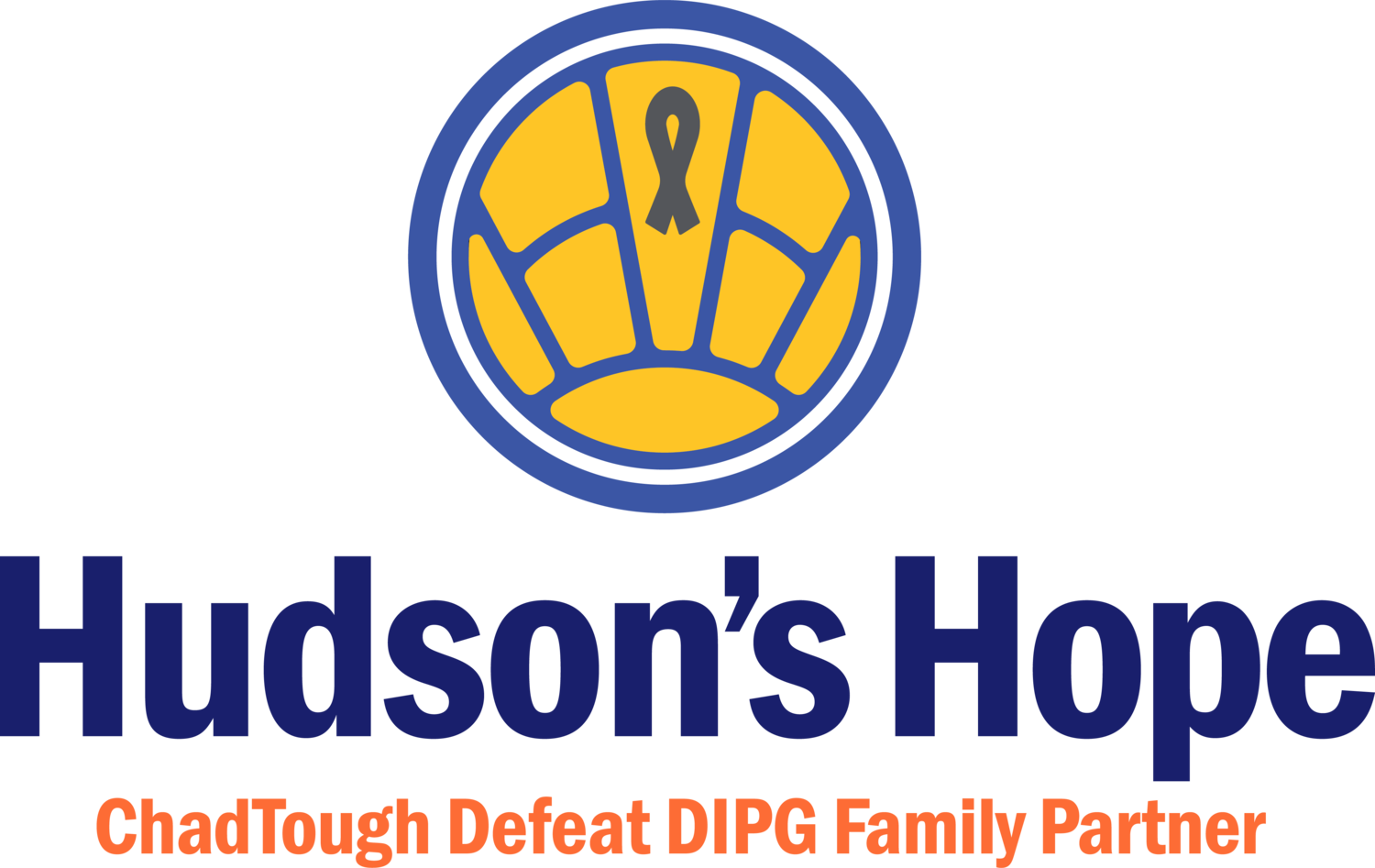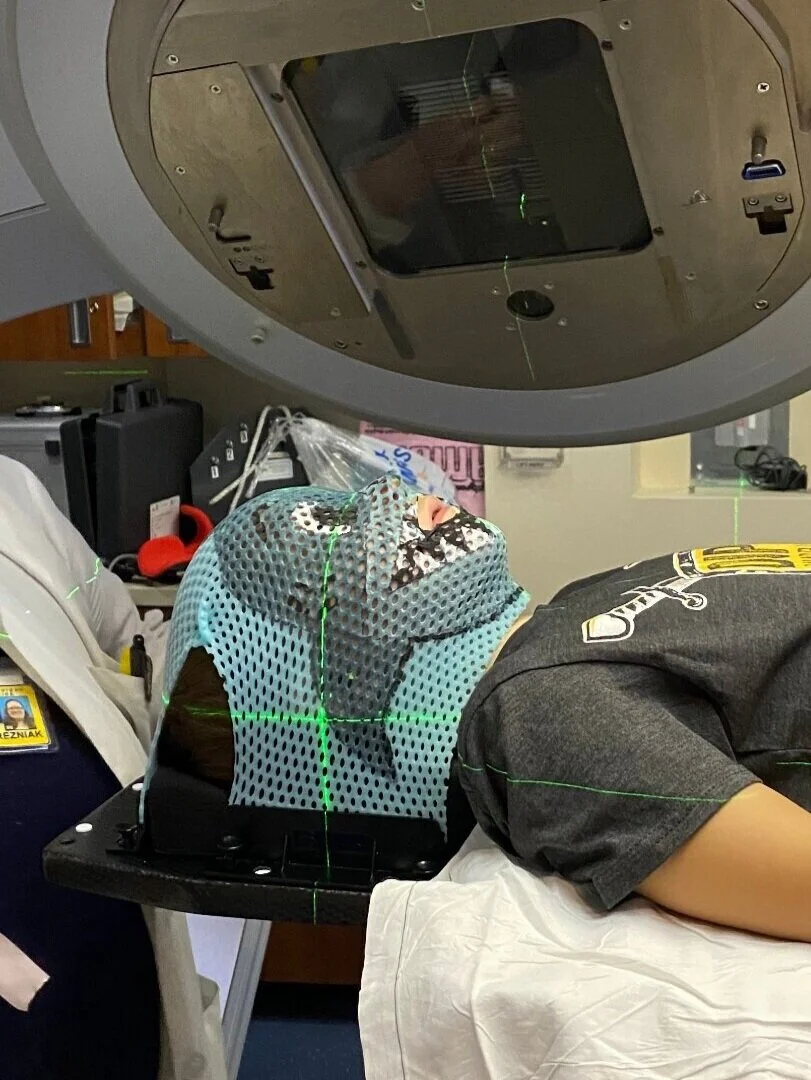
Hudson’s Hope
There are some who bring a light so bright to the world, that even after they are gone, their light remains.
Our Mission
Honor Hudson
That smile. Those cheeks. His “Hudson Hugs.” Just a few of the things we miss about our amazing boy, whose life was cut short at just 6 years old due to a DIPG brain tumor.
Raise Awareness
May is Brain Tumor Awareness month and September is Childhood Cancer Awareness month. We encourage you to go gold and gray every day for kids with brain tumors.
Fund Research
We are committed to raising funds through our family partnership with ChadTough Defeat DIPG, whose mission is to inspire game-changing research for effective treatments.
Hudson’s memorial video: celebrating the life of an amazing boy who lives on in the hearts of those who love him.
Our Story
Hudson Sands was an active, healthy and happy boy. He was five years old when, in October of 2019, he was diagnosed with DIPG - the deadliest form of childhood cancer. He lived a life full of energy and love, and he lit up the room with his infectious smile, fierce spirit, and huge heart. Hudson fought DIPG tirelessly for fourteen months with his strong will and “don’t stop” attitude. After a long, hard battle, Hudson went to heaven on December 18th, 2020.
Hudson reminded others to never take a single day for granted, and left a legacy of bringing people together.
DIPG
Diffuse intrinsic pontine glioma (DIPG) is a brain tumor found in a part of the brain stem called the pons. The pons controls essential bodily functions such as heartbeat, breathing, swallowing, eye movement, eyesight, and balance.
DIPG affects children almost exclusively. Approximately 200-400 children in the United States are diagnosed with DIPG each year. These children are typically between the ages of 4 and 11. DIPG accounts for roughly 10-15% of all brain tumors in children.
DIPG is an aggressive tumor that interferes with all bodily functions, depriving a child of the ability to move, to communicate, and even to eat and drink.
As a DIPG tumor begins to grow, it puts pressure on the nerves that control the essential bodily functions regulated by the pons. Children with DIPG commonly experience double vision, reduced eye movement, facial weakness or asymmetry, and arm and leg weakness. They also have problems with walking, coordination, speech, chewing, and swallowing. As the tumor progresses, it also interferes with breathing and heartbeat, which ultimately results in the child’s death.
Let’s connect to find ways we can defeat DIPG together.
Sign up to get Hudson’s Hope news and updates!






